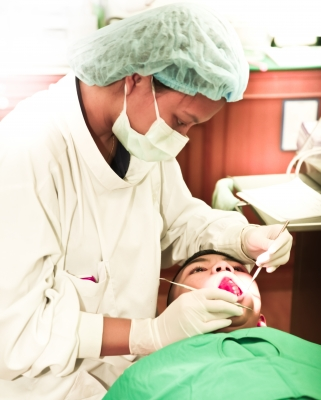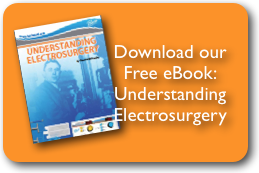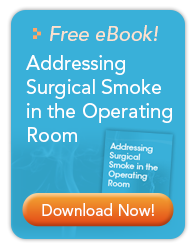Electrosurgery is currently used in over 80% of all surgical procedures, and is growing in popularity in dental surgery. Electrosurgery also significantly reduces bleeding and provides the oral surgeon or dentist greater overall precision. Following are some commonly asked questions regarding dental electrosurgery.
1) What is electrosurgery? Electrosurgery uses high frequency electrical current to generate intense, localized heat at the surgical site, cauterizing tissue with precision and providing excellent bleeding control. Like the laser, it generates heat within the tissue at the surgical site, but unlike the laser, electrosurgery works over the entire surface of the electrode tip that is in contact with the tissue, making it ideal for the tissue sculpting demands of dental surgery.
2) Why use electrosurgery in dentistry? Electrosurgery can provide excellent sculpting precision, which is necessary for optimal results of dental surgery. It also has the ability to induce heat in fluids, making it a valuable adjunct to procedures like root canal sterilization, teeth whitening, gingival curettage, and accelerating desensitizing agents.
3) Is electrosurgery hard to learn? No, but as with all surgical techniques and procedures practice and training is required. Hands on seminars provide the best learning venue, but self teaching is possible using some sort of medium comparable to living human tissue, like a beefsteak.
4) Is electrosurgery safe for all dental surgery? Electrosurgery is as safe or safer than laser surgery and traditional methods of oral surgery. As stated previously, electrosurgery provides optimal bleeding control and a greater degree of surgical precision, making it ideal for small surgical sites. As with all surgical techniques there are risks, make sure to discuss them with your dentist.
5) Are there any drawbacks to electrosurgery? Safety considerations are integral to all surgical interventions; the most common is tissue injury from incision or excision resulting from a too low dose setting or poor technique, underscoring the need for practice and training.
Overall, electrosurgery is an invaluable adjunct to dental surgery. From its 1926 inception, where industry pioneer Dr. William T. Bovie assisted his colleague Dr. Harvey W. Cushing in removing a mass from a patient's head that had been resistant due to its highly vascular nature, electrosurgery continues to demonstrate its value in surgical venues. To gain a greater understanding of electrosurgery, and how it can enhance your dental practice, visit www.boviemed.com and download the free e-book.
Bovie Medical Insights
1 Comment Click here to read/write comments
Topics: Dental Electrosurgery FAQ's, Questions about Electrosurgery, Bovie Medical







